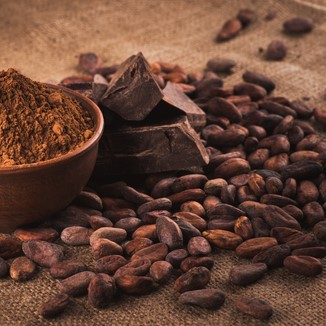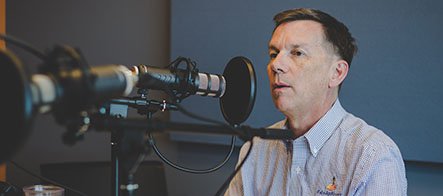
June 2024
Fourth of July parties will cost almost $100 this year as consumers seek value
 Americans are still eager to spend on barbecues this Fourth of July, even if their wallets are a little stretched.Those hosting cookouts can expect to spend a little more. A barbecue index from Rabobank Group showed that a 10-person barbecue this year will cost Americans roughly $99, the most on record, with key fixings such as beer, beef, soda, and lettuce making up nearly two-thirds of the overall cost.
Americans are still eager to spend on barbecues this Fourth of July, even if their wallets are a little stretched.Those hosting cookouts can expect to spend a little more. A barbecue index from Rabobank Group showed that a 10-person barbecue this year will cost Americans roughly $99, the most on record, with key fixings such as beer, beef, soda, and lettuce making up nearly two-thirds of the overall cost.
Why the price of chocolate's key ingredient skyrocketed in 2024
 Chocolate’s key ingredient has soared in commodities markets throughout 2024. Spot prices for cocoa began the year around $4,200 a metric ton, then hit an all-time high of more than $11,000 a metric ton in late April before settling above $9,000. Factors such as crop disease, El Niño, farm gate prices and market speculation all played big roles in cocoa’s historic price runup. “The supply side factors are still very much a major problem, and I think they will continue to be for the next few years,” said Paul Joules, agricultural commodity analyst at Rabobank.
Chocolate’s key ingredient has soared in commodities markets throughout 2024. Spot prices for cocoa began the year around $4,200 a metric ton, then hit an all-time high of more than $11,000 a metric ton in late April before settling above $9,000. Factors such as crop disease, El Niño, farm gate prices and market speculation all played big roles in cocoa’s historic price runup. “The supply side factors are still very much a major problem, and I think they will continue to be for the next few years,” said Paul Joules, agricultural commodity analyst at Rabobank.
Read the full story.
What the price difference between ham and bacon tell us about inflation
 Shoppers in the meat aisle may have noticed something weird last month: Bacon prices are sizzling, but ham’s not so hot. Bacon is more expensive than it was a year ago, with prices up 6.9% from May 2023 to May of this year, according to inflation data from the Bureau of Labor Statistics. Pork chops were up too, by 4.6%. But ham prices were lower, falling 5.4% overall and dropping 6.3% when you exclude canned varieties. What gives?
Shoppers in the meat aisle may have noticed something weird last month: Bacon prices are sizzling, but ham’s not so hot. Bacon is more expensive than it was a year ago, with prices up 6.9% from May 2023 to May of this year, according to inflation data from the Bureau of Labor Statistics. Pork chops were up too, by 4.6%. But ham prices were lower, falling 5.4% overall and dropping 6.3% when you exclude canned varieties. What gives?
Read the full story.

RaboResearch Podcast Series
Learn More
